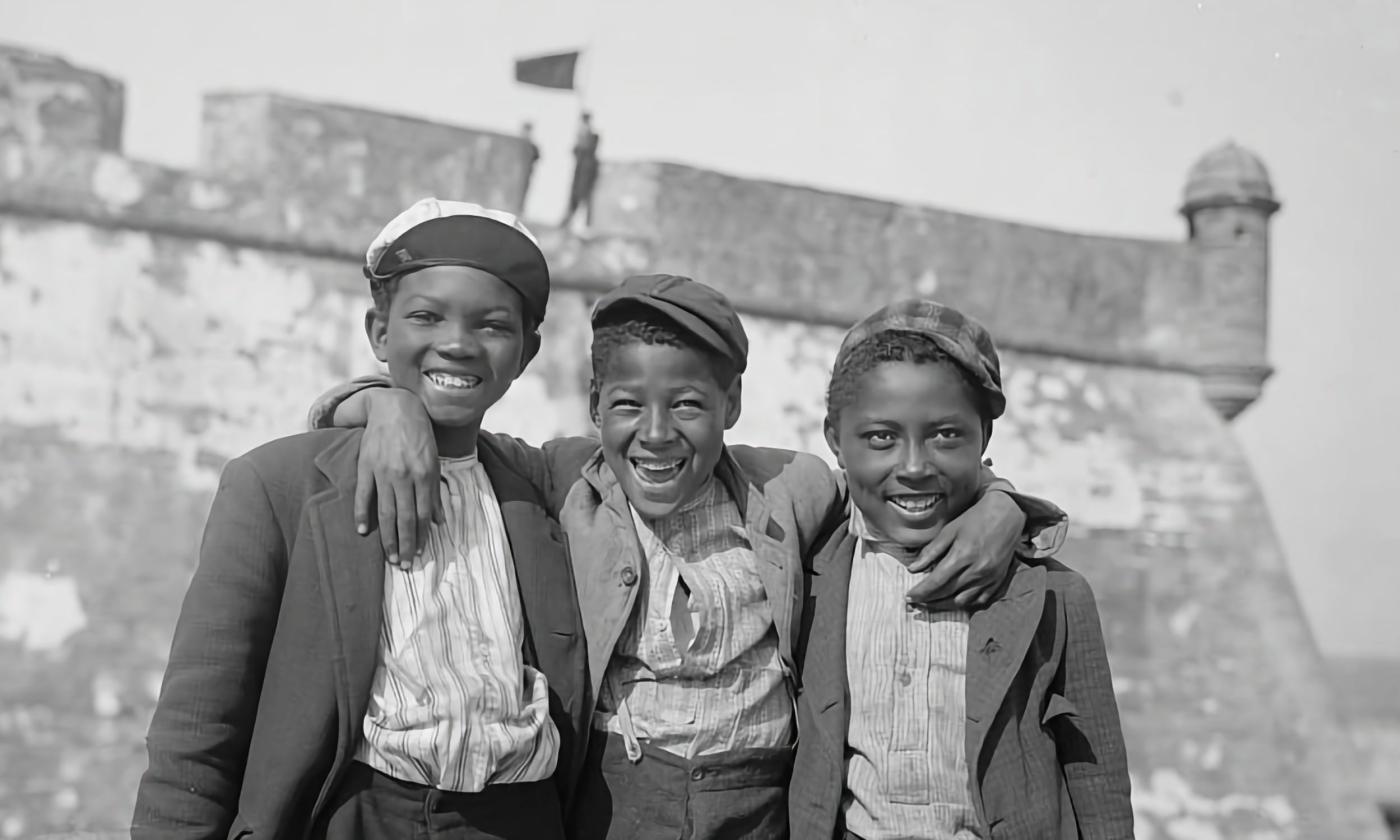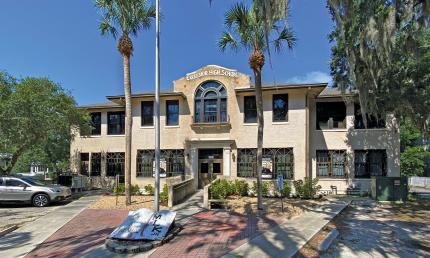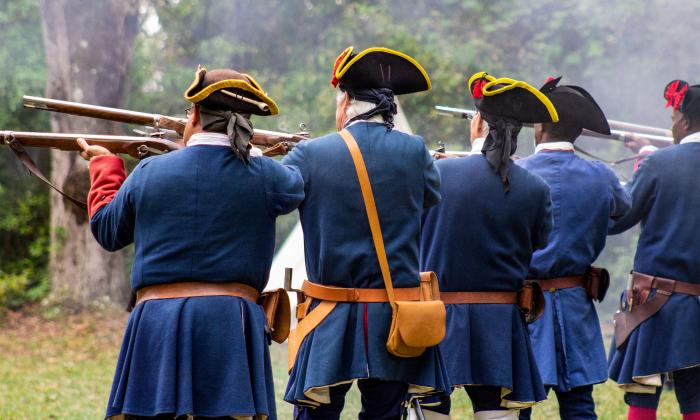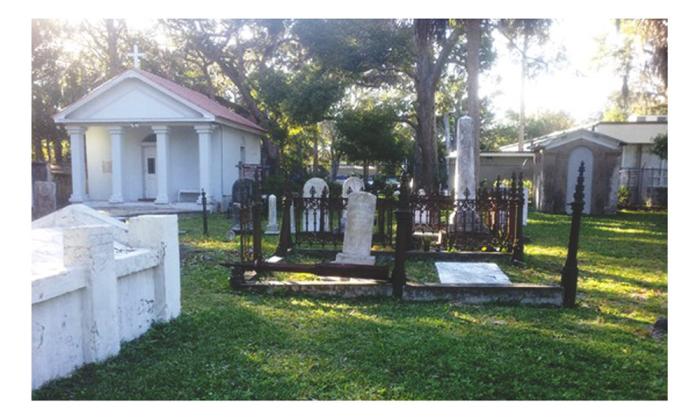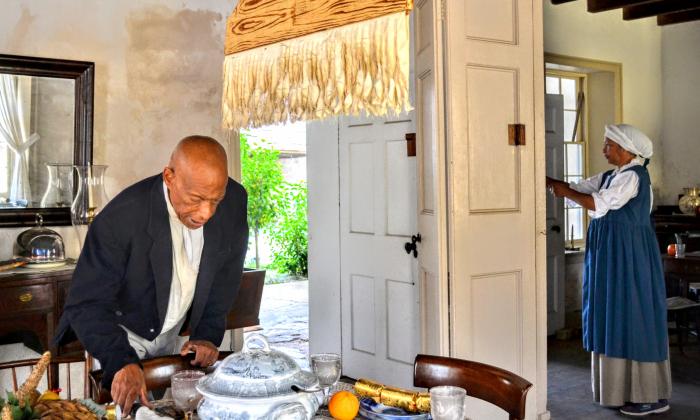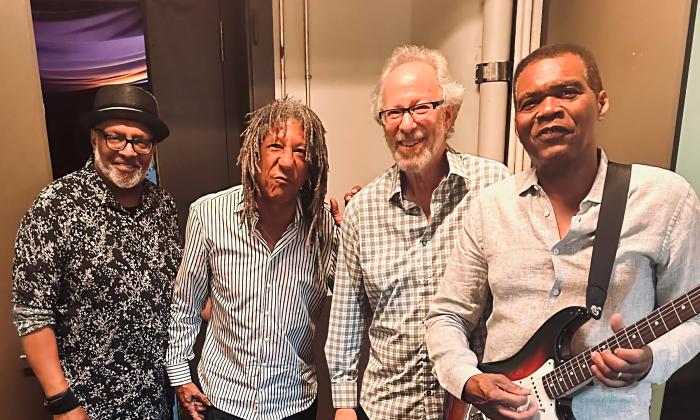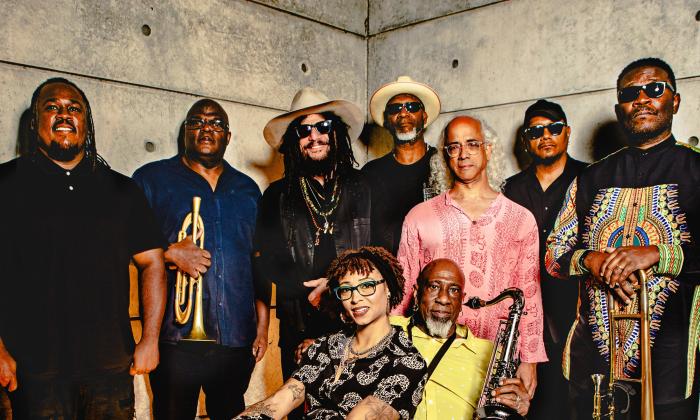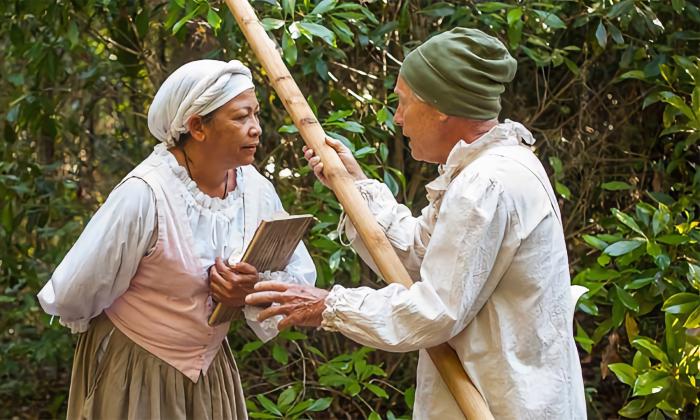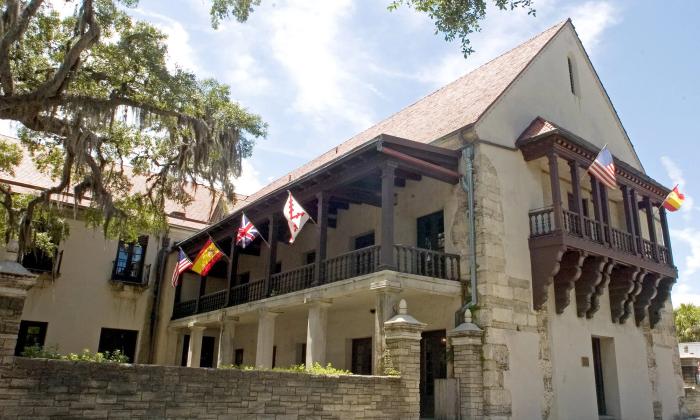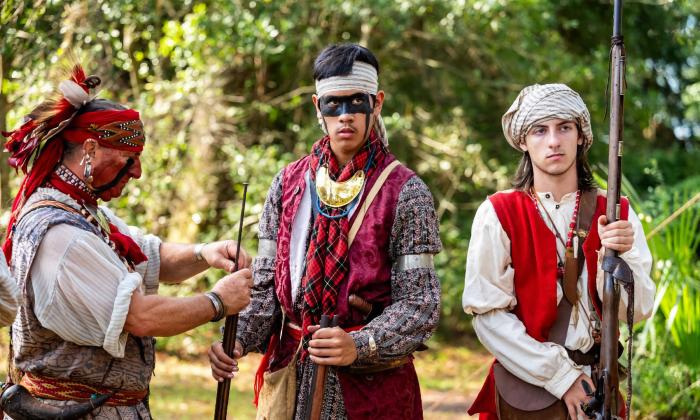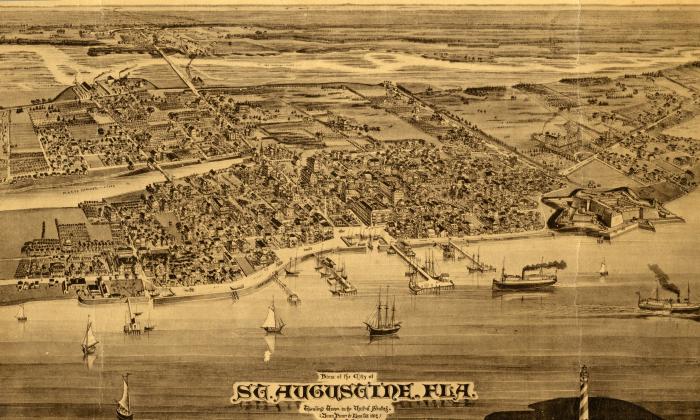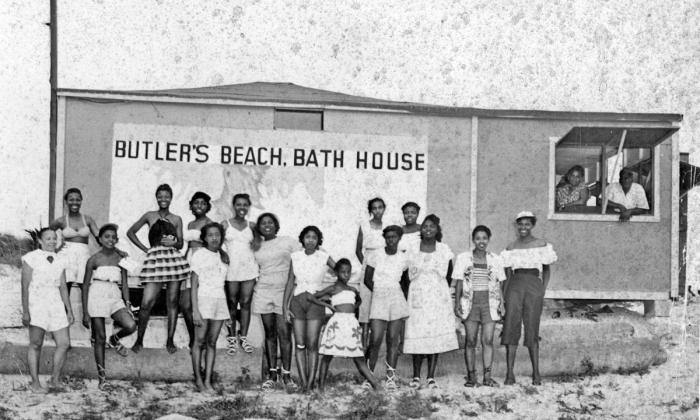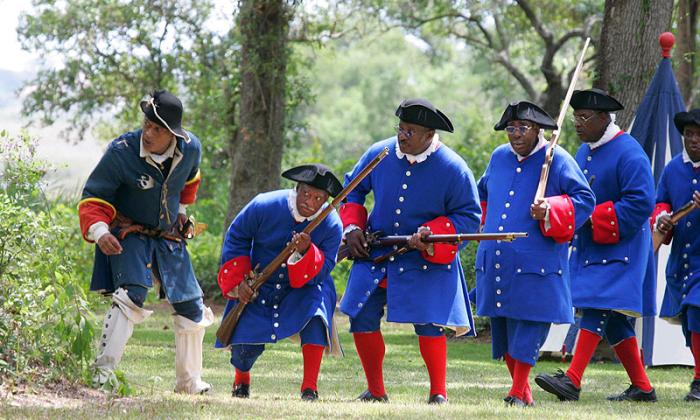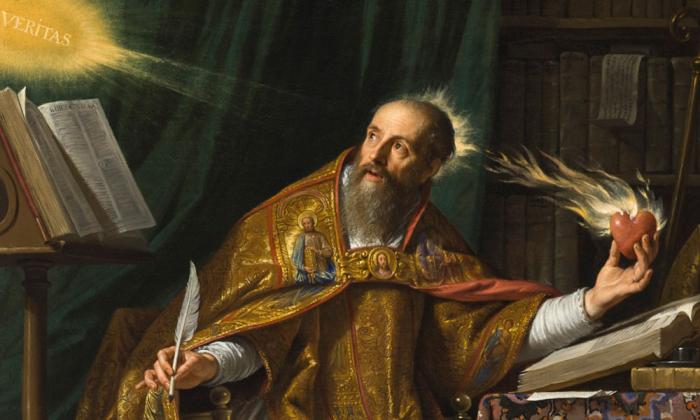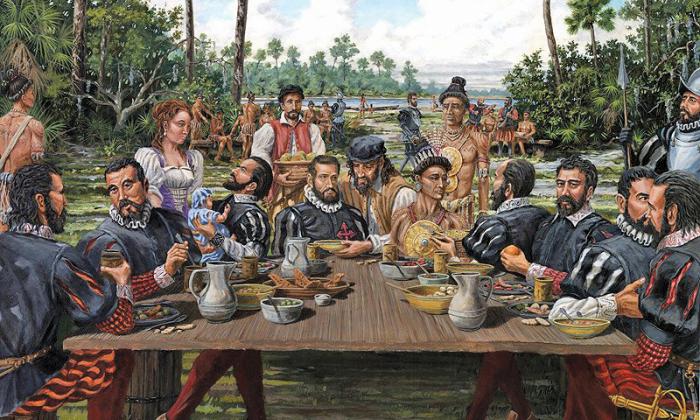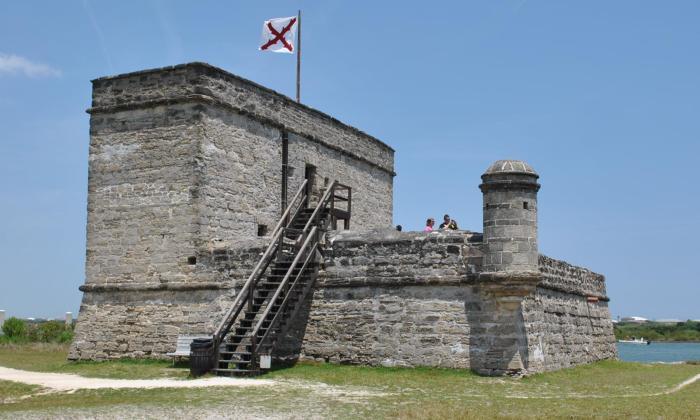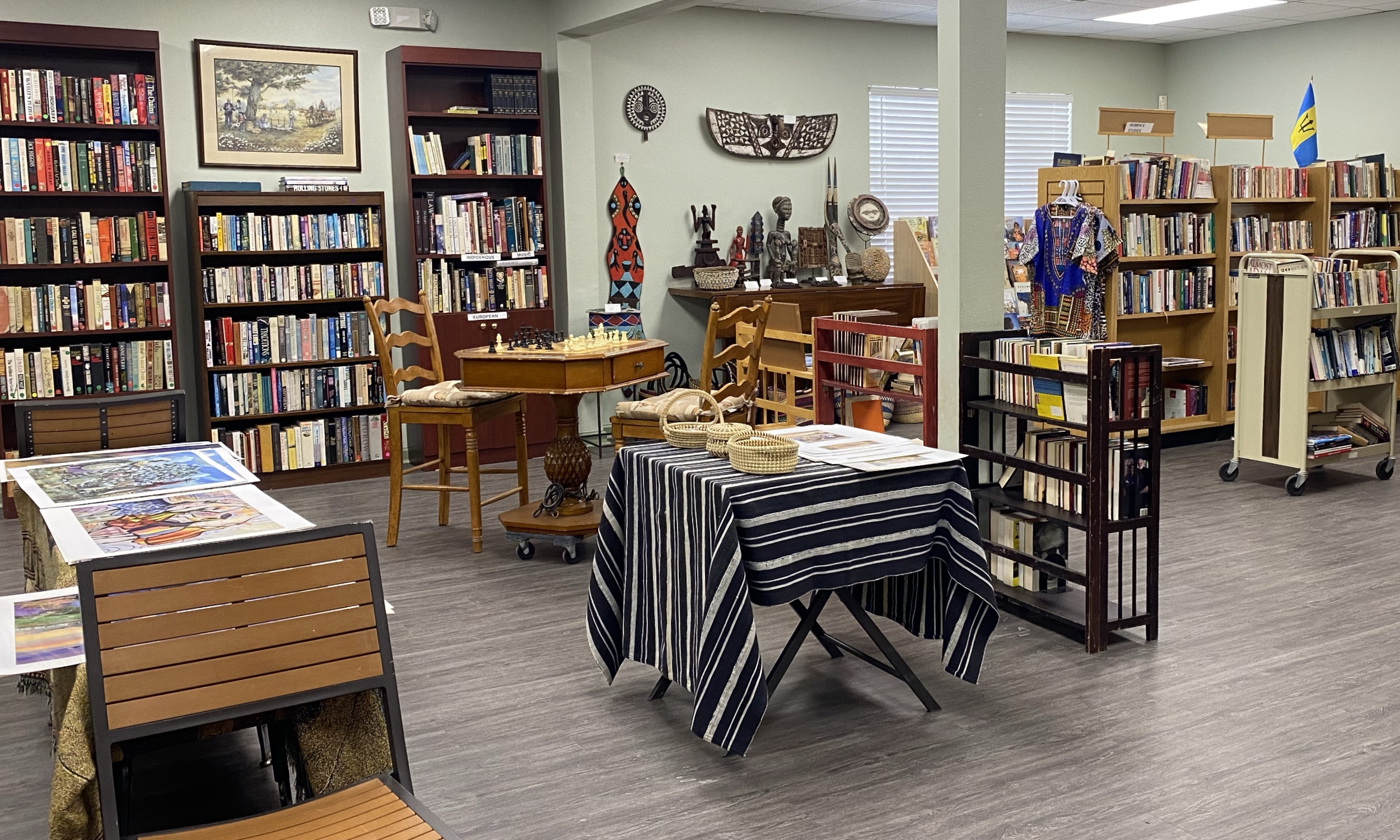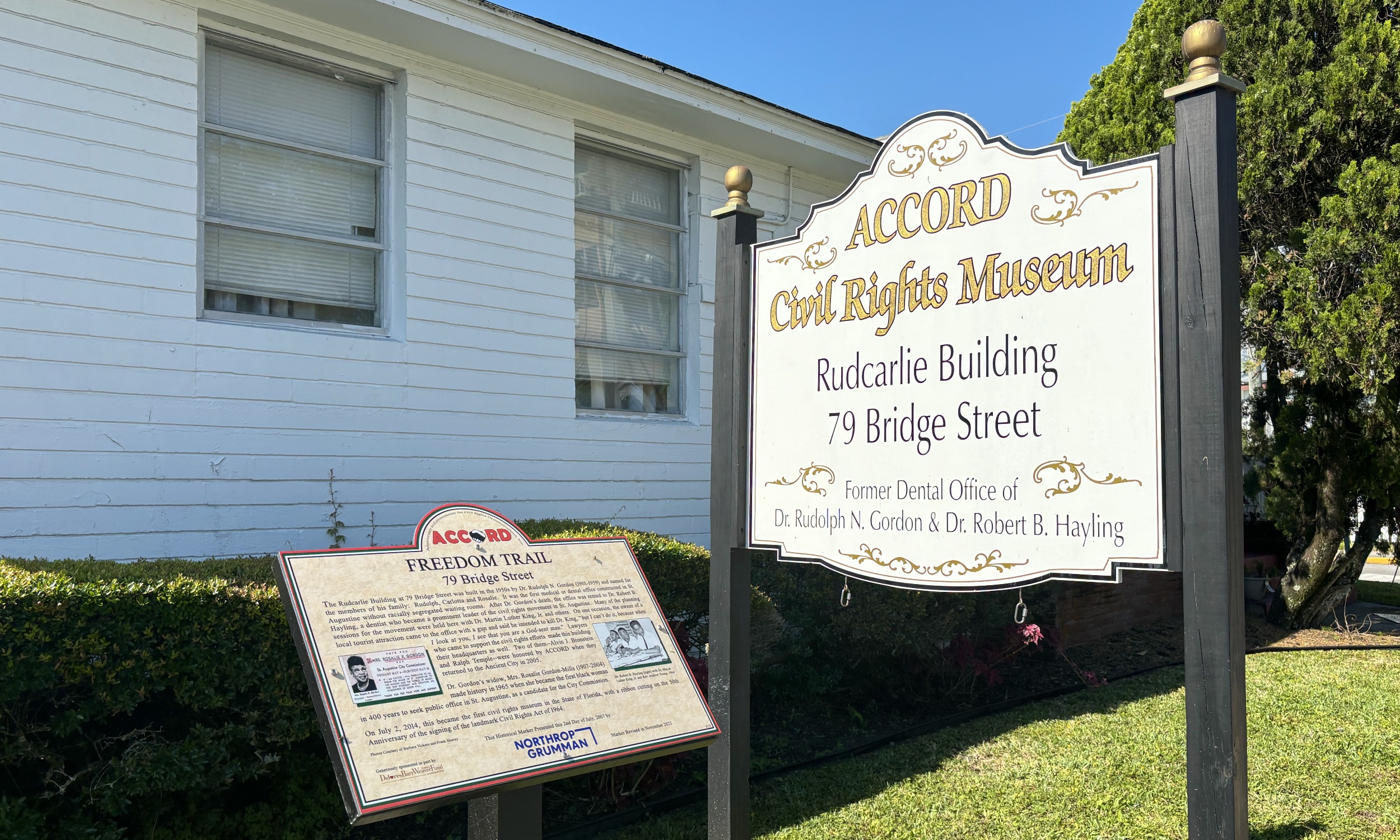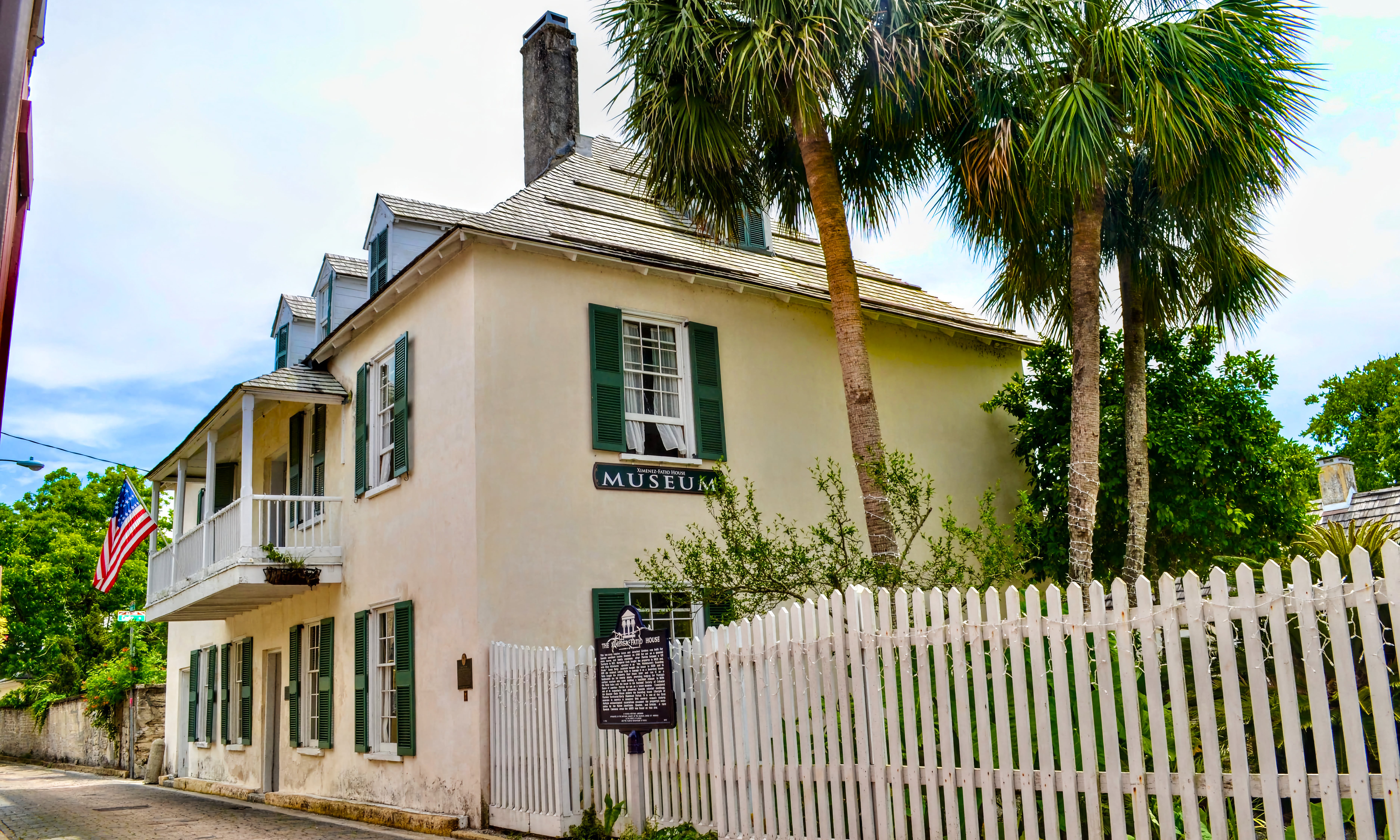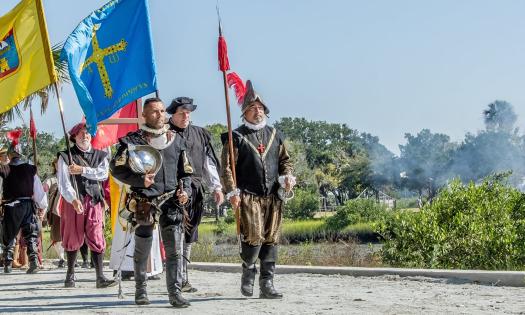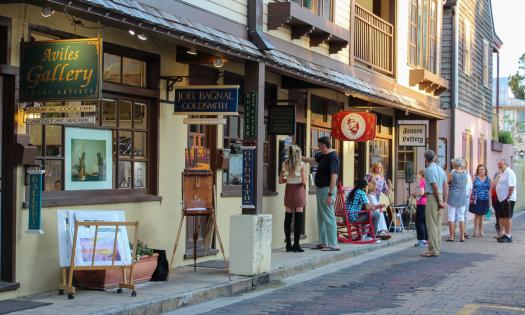450+ Years of History and Heritage
Where are the Black history museums in St. Augustine? Who founded Fort Mose? Was Saint Augustine really from Africa? Our historical articles answer these questions and more.
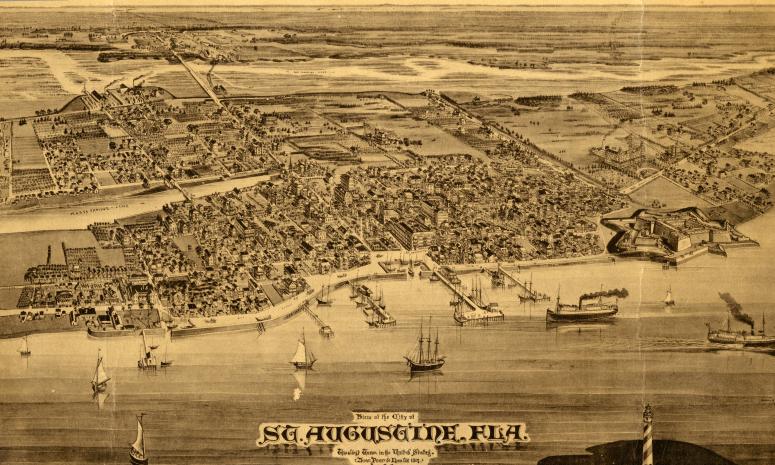
Visiting Black History Museums
Download the Black History App
Explore the people, places, and events of St. Augustine's collective past.
Learn with your boots on the ground
These museums, storefronts, and galleries share unique stories.
Despite being pivotal to our nation's heritage, the stories of African Americans and their ancestors have long been pushed aside or outright ignored. However, in the face of bigotry and hardships, generations of Black people have created joyful lives and shaped history in the process. Several St. Augustine sites honor and commemorate these historical figures, keeping their memory alive to educate future generations.
Best Richardson Bookstore & Museum
An African American-owned bookstore focuses on African diaspora literature.
The Best Richardson African Diaspora Literature & Culture Museum is primarily a bookstore. The large main room features shelves full of new, used, and rare books. Art and artifacts from around the world—including Africa, the Caribbean, the Bahamas, and the Gullah Geechee Cultural Heritage Corridor—are also displayed and are for sale.
ACCORD Civil Rights Museum & Freedom Trail
A must-visit museum to learn about St. Augustine's impact on the Civil Rights Movement.
Founded in 2003, ACCORD Freedom Trail, a non-profit, grass roots organization, commemorates the 40th anniversary of the passage of the Civil Rights Act of 1964. St. Augustine was a leading battlefield in the 1960s Civil Rights Movement and the only place in Florida where Dr. Martin Luther King was arrested.
Ximenez-Fatio House Museum
Built on America's oldest platted street, interpreting life during the 1800s.
History Comes Alive at the Ximenez-Fatio House MuseumThe Ximenez-Fatio House Museum lies just south of St. Augustine's Plaza de la Constitución on Aviles Street — the oldest platted street in America. With its diverse collection of artifacts, this house museum immerses guests in 1800s St. Augustine.
Gallery One Forty-Four
Fine art photography by award-winning artist Lenny Foster.
Gallery SnapshotFocus: Fine art photography with a focus on local themes and social commentary.Mediums: Archival pigment prints, photography books.Vibe: Thought-provoking, spiritual, historically aware, and deeply connected to the St. Augustine community.
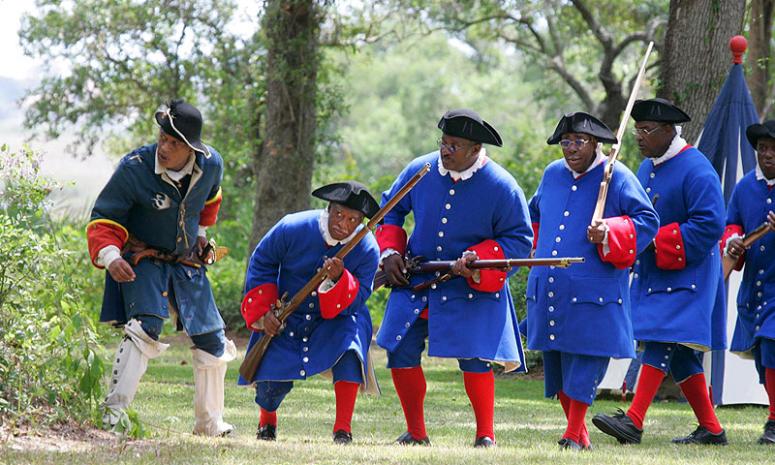
Experience Living History
Related Sections of Our Website
What else is there to find?
Just as Black history is American history, Black history is St. Augustine history. In St. Augustine, history is in the spotlight year-round. Our website and mobile applications can help you delve deeper into the many stories that await you.

